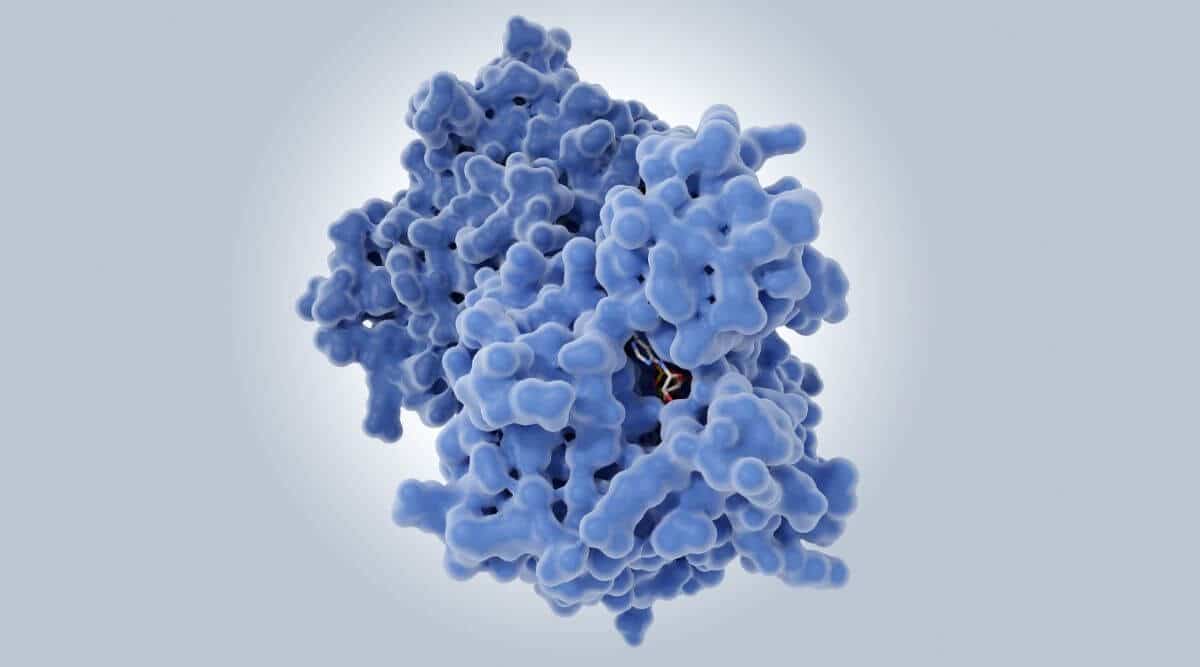What is allostery?
Allo comes from the Greek allos which meaning “other.” Allosteric binding describes a ligand that binds a protein at a target site other than the chemically active site. The active, or orthosteric, site is where an enzyme may interact with a target and perform its function. Allostery describes the change in affinity for a substrate because of another effector ligand binding outside of the active site. Allosteric regulation can govern enzyme activity, for example, by lowering or increasing the affinity for a given substrate causing an increase or decrease in the final reaction product. This regulation occurs when an effector molecule binds and causes a conformational shift in the target protein. This conformational shift can result in several outcomes including closing the active site to inhibit function or stabilizing an active site to retain/rescue functionality.
Active sites may be easier to target and find, so why aren’t all drug companies focused here? Targeting an active site can be challenging as the active site on one protein may look similar to active sites on proteins within the same family. A drug that lacks selectivity or specificity to a single protein could unlock many proteins, leading to any number of adverse off-target effects – not ideal for a drug candidate. Similarly, it’s unlikely for a native protein and mutated protein to have different active sites, again creating a selectivity issue with potential negative outcomes. To overcome these concerns, allostery has become an attractive option for therapeutic design.
How do allosteric drugs work?
While many proteins have a single active site, there are many allosteric binding sites available for discovery and utilization. Due to conformational differences among proteins, allosteric binding sites will be unique to each protein creating a solution to the specificity problem. Allostery also offers a degree of control that is unattainable with targeting the active site, allowing scientists to fine-tune how a drug will alter the activity level of a given protein. Our bodies already use allostery to tweak activity levels to maintain cellular homeostasis, so it makes sense for drug development to be moving in this direction. Importantly, allosteric drugs will not compete with natural ligands which prevents unwanted downstream consequences.
Allosteric drugs were usually stumbled upon or first identified by high-throughput screening meaning thousands, or even millions, of different candidate molecules were tested on a given protein to analyze the resulting effect on activity. Now, it is much more likely that scientists are looking at the entire protein conformation and searching for allosteric binding sites unique to proteins. This process is then followed by looking for small molecules that fit the chemical makeup of allosteric pockets. Once identified, a molecule can be tested. Allosteric modulation occurs when a drug binds a protein in an identified allosteric site. Upon binding, an allosteric drug can alter the likelihood that the agonist will bind the active site, augment or lessen an agonist’s effects, or induce a conformational shift to turn the protein on or off in the absence of an agonist. In some areas of medicine, like an oncology, a drug may even stabilize the non-native form of a protein or protein complex or target the protein for degradation as a treatment option.
How is Gain Therapeutics approaching allostery?
Gain is using their See-Tx platform to run molecular dynamic simulations of a given protein. These simulations utilize complete protein structures and allow the protein to move. This creates opportunities to identify novel allosteric pockets and even cryptic binding sites that otherwise would have gone unnoticed via methods that do not use dynamic modeling. In addition, instead of identifying binding sites, high-throughput methods often search for small molecules that exert functional changes in protein activity. Because of this, they can miss compounds that are allosteric or silent binders. Silent binders are small molecules that strongly bind to allosteric sites on the protein but have negligible effect on protein activity. Some silent binders may stabilize a protein conformation, or they can also act antagonistically by preventing other allosteric modulators in the cell from acting on a protein. With the See-Tx platform, Gain Therapeutics is positioned to discover molecules that may be the first ever treatment options for multiple diseases. Utilizing silent binders may revolutionize drug discovery, especially in oncology or protein misfolding disorders, where stabilizing certain protein conformations may be crucial to modifying or treating disease.


